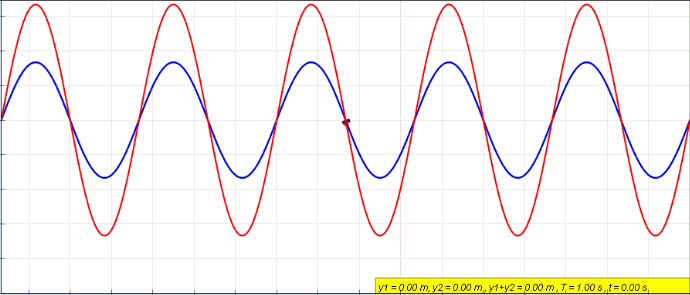Unlike over non-commutative rings, polynomials do look like proper polynomials over commutative ring.
In particular, Hilbert's tenth problem is about polynomials over the integers, which is a commutative ring, and therefore brings mindshare to this definition.
The output was also uploaded to: commons.wikimedia.org/wiki/File:DFT_2sin(t)_%2B_sin(4t).svg and added to en.wikipedia.org/w/index.php?title=Discrete_Fourier_transform&oldid=1176616763 only to be later removed of course: Deletionism on Wikipedia.
DFT of with 25 points
. Source code at: ../numpy/fft_plot.py.A hard problem ha been found for it, and it was called the "antihydra":
- news.ycombinator.com/item?id=40864949 BB(6), The 6th Busy Beaver Number, is harder than a Collatz-like math problem
- www.reddit.com/r/math/comments/1dubva0/finding_the_6th_busy_beaver_number_%CF%836_aka_bb6_is/ "Finding the 6th busy beaver number (Σ(6), AKA BB(6)) is at least as hard as a hard Collatz-like math problem called Antihydra":
- www.reddit.com/r/compsci/comments/1duc62e/finding_the_6th_busy_beaver_number_%CF%836_aka_bb6_is/
The good:
- a bit of Students must be allowed to progress as fast as they want. Though not fully as once you're in your stuck for 6 weeks in their rythm. Though there are research projects going on too which helps.
- peer tutoring-like: they seem to pick undergraduate students to serve as supervisors
The bad: everything else. Closed source learning materials + a university-like selection program. Such a waste of efforts that could benefit way more people with more open resources.
meta.mathoverflow.net/questions/4889/request-to-keep-an-eye-out-for-promys-admissions-problems asking to remove PROMYS problems from MathOverflow. And it seems to have been mostly accepted. Newbs. Any maths problem should be allowed to be askeable online. There are no fundamentally new problems, copyright takedown is just silly.
Standing wave caused by wave interference of two waves
. Source. Staring from a triangle wave, this explains why we always get the same musical notes:See also: solving partial differential equations with the Fourier series.
- www.math.hmc.edu/~ajb/PCMI/lecture7.pdf "7.5.1. Musical instruments" is very good. Also mentions that in the piano it is more like an initial speed is applied, and it is not the same as plucking
- music.stackexchange.com/questions/135635/confusion-about-overtones-and-a-slow-motion-video-of-a-plucked-string
- music.stackexchange.com/questions/60833/what-determines-the-relative-volumes-of-the-harmonics-when-plucking-a-guitar-str
Wave equation on string with one vibrating side by  Ciro Santilli 37 Created 2024-07-04 Updated 2025-07-16
Ciro Santilli 37 Created 2024-07-04 Updated 2025-07-16
Unlisted articles are being shown, click here to show only listed articles.


